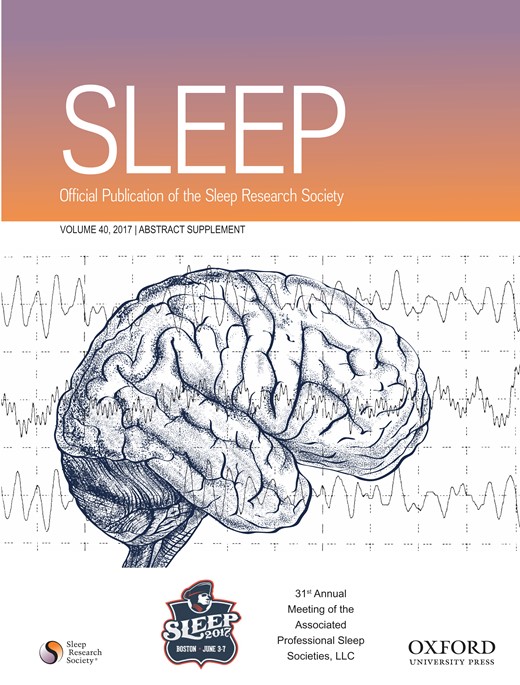-
PDF
- Split View
-
Views
-
Cite
Cite
GC Harb, JL Greene, KM Dent, RJ Ross, 1077 LUCID DREAMING IN VETERANS WITH PTSD: NON-NIGHTMARE DREAMS AND NIGHTMARES, Sleep, Volume 40, Issue suppl_1, 28 April 2017, Page A401, https://doi.org/10.1093/sleepj/zsx050.1076
Close - Share Icon Share
Abstract
Lucid dreaming (LD) involves awareness, while dreaming, that one is dreaming and metacognitive monitoring of the ongoing dream. Estimates of LD in general population samples are 31–37% with rare (< one per month), and 20–30% with frequent (≥ one per month), LD. The study of LD has important applications for examining the nature of consciousness during sleep and for understanding and treating dream disturbances including posttraumatic nightmares. LD can be assessed tri-dimensionally: dream awareness, dream content control, and control of waking from a dream. We have reported that a group of Veterans with PTSD and recurrent nightmares demonstrated a LD profile characterized by high dream awareness and low dream content control. Here we examined whether the LD profiles of Veterans with PTSD differed between LD in non-nightmare dreams and in nightmares.
Thirty-two Veterans with current PTSD (mean age = 42, range = 24 - 60; 19% female) were recruited from the Crescenz VAMC Mental Health Clinic. They completed self-report questionnaires including the Nightmare Frequency Questionnaire, the LD subscale of the Iowa Sleep Experiences Scale, and the Lucidity and Consciousness in Dreams Scale. Lucidity in non-nightmare dreams and in nightmares was assessed.
Eighty-eight percent of participants reported at least one nightmare per week (mean = 4.7). Fifty-four percent had frequent awareness of non-nightmare dreams; only 22% had non-nightmare dream content control. Eighty-two percent had frequent awareness of nightmares; only 24% had nightmare content control.
Compared to general population samples, Veterans with PTSD had a higher percentage of frequent lucid dreamers. For non-nightmare dreams, and more prominently for nightmares, they demonstrated a LD profile characterized by high dream awareness and low dream content control. The combination of high conscious awareness of dreaming and inability to control dream content may contribute to the distress of posttraumatic nightmares. These findings can be applied to the development of novel treatments for the nightmare disturbance in PTSD.
Veterans Integrated Service Network 4 Mental Illness Research Education and Clinical Center





Comments